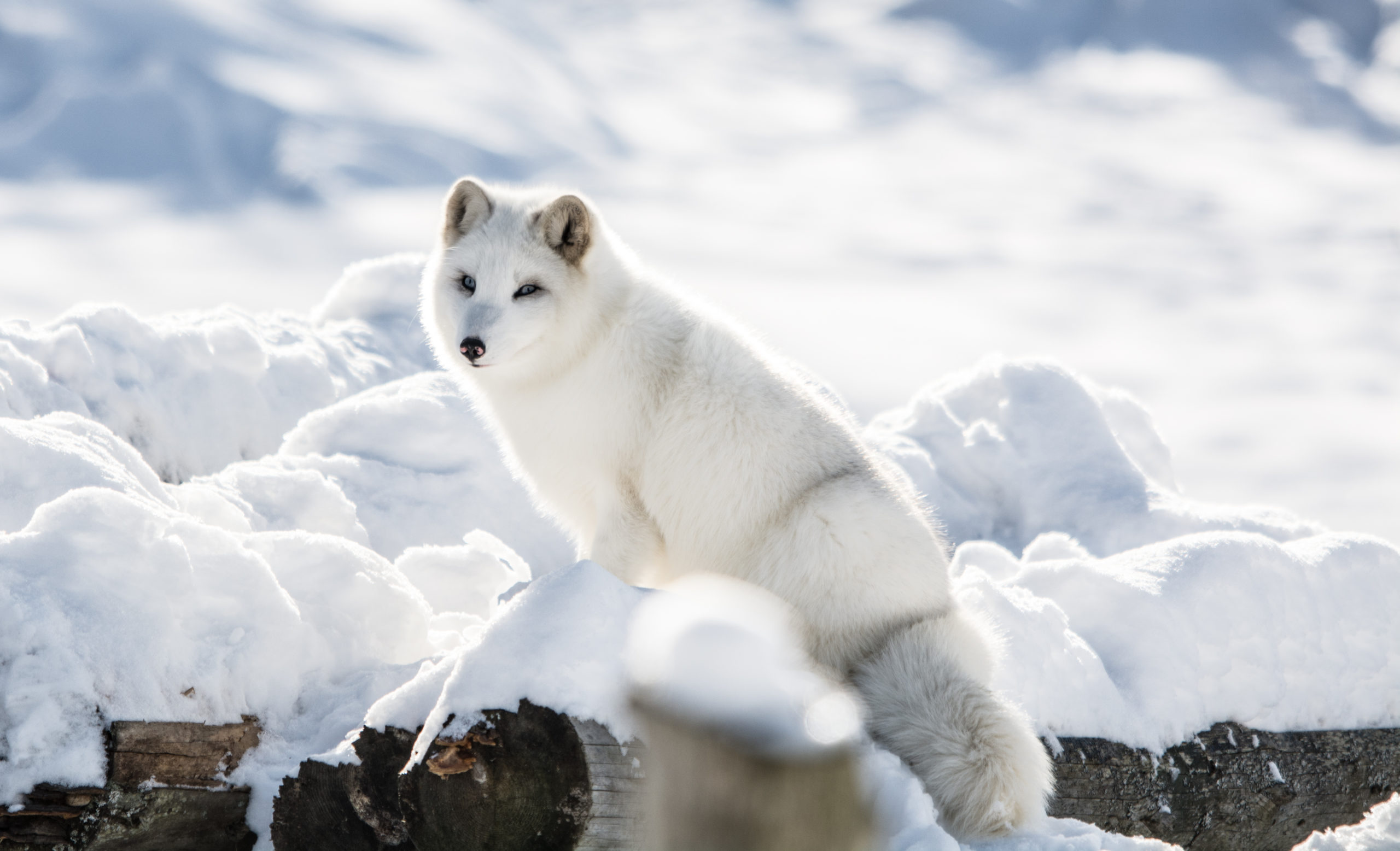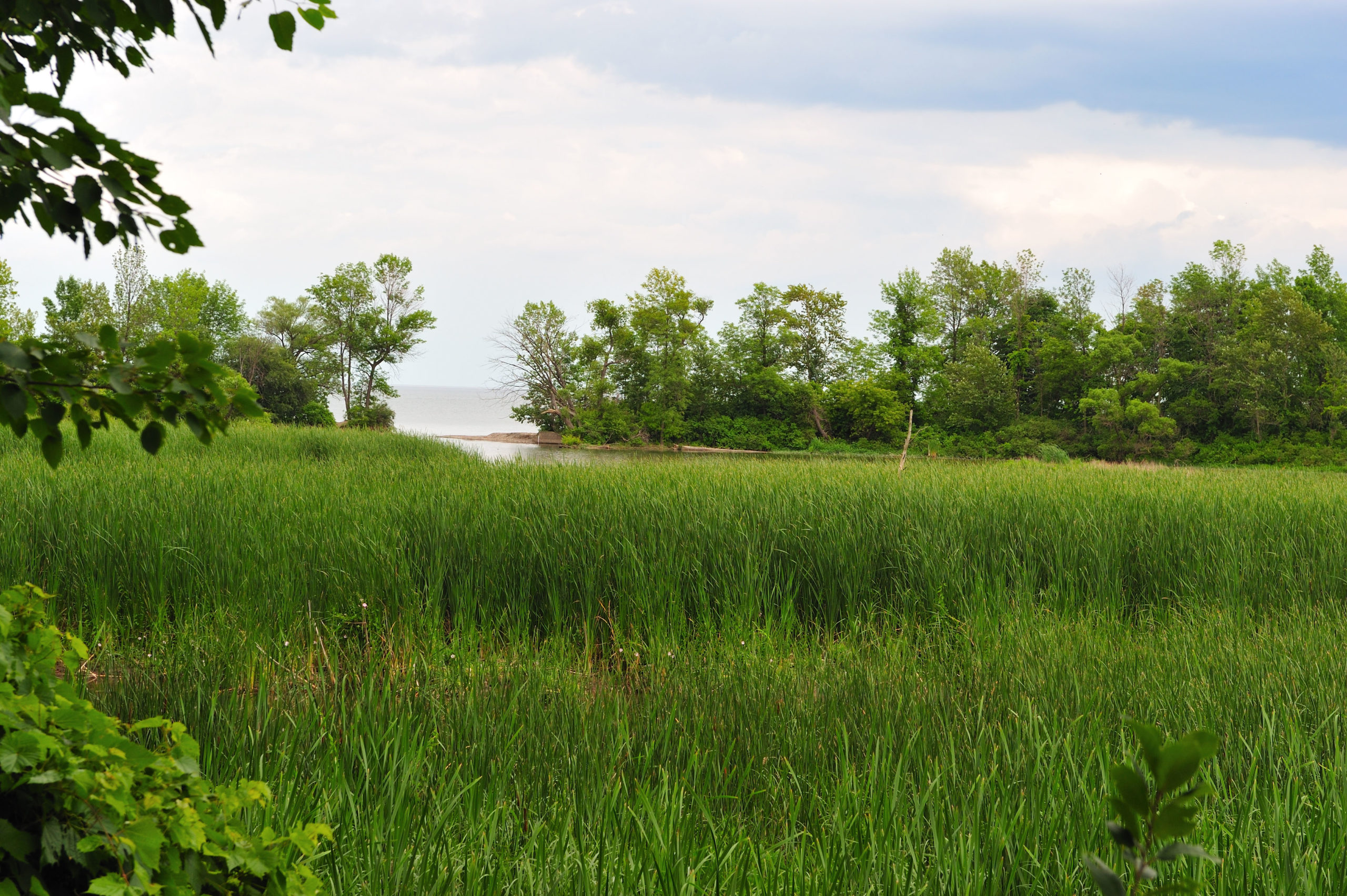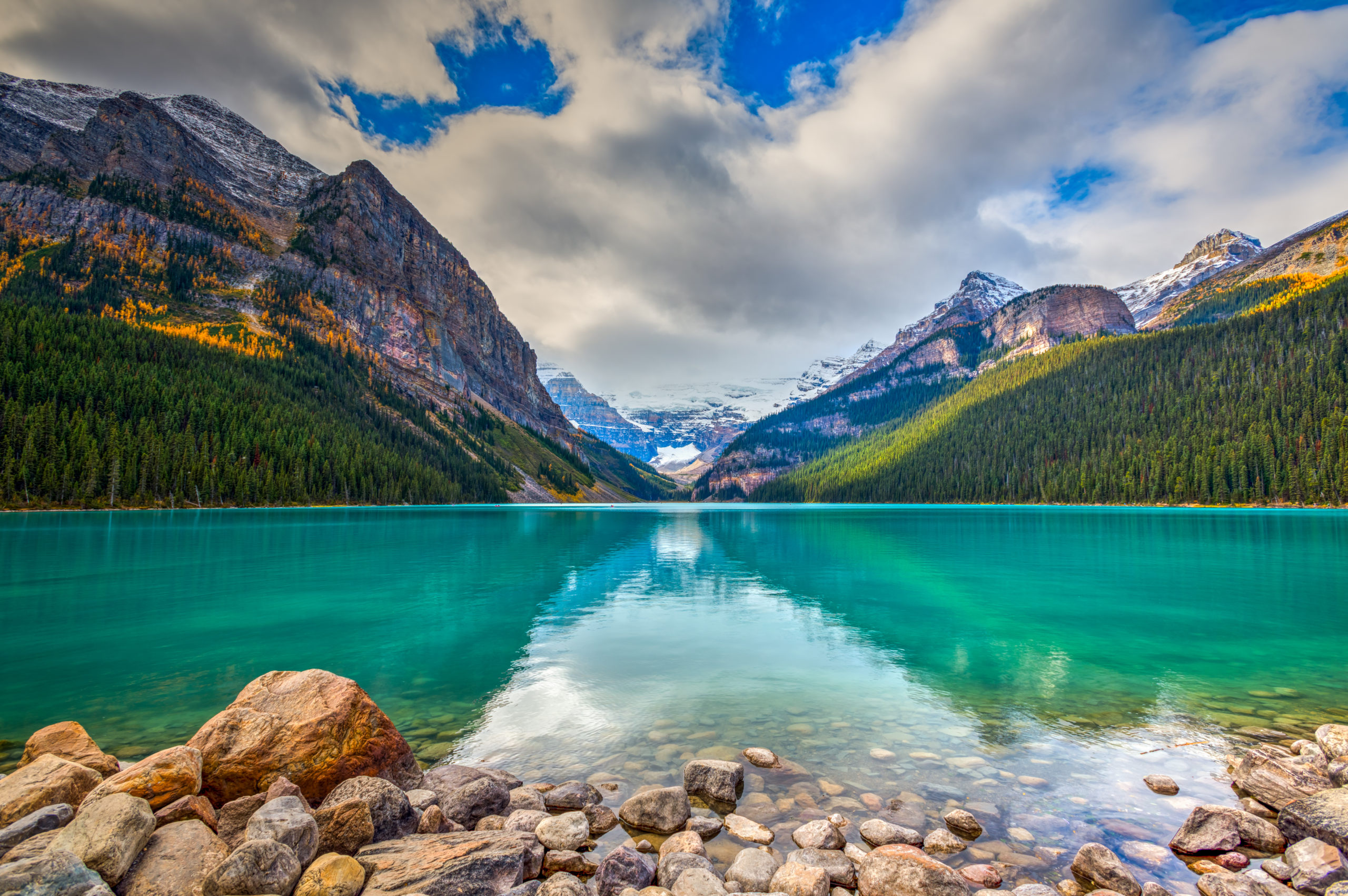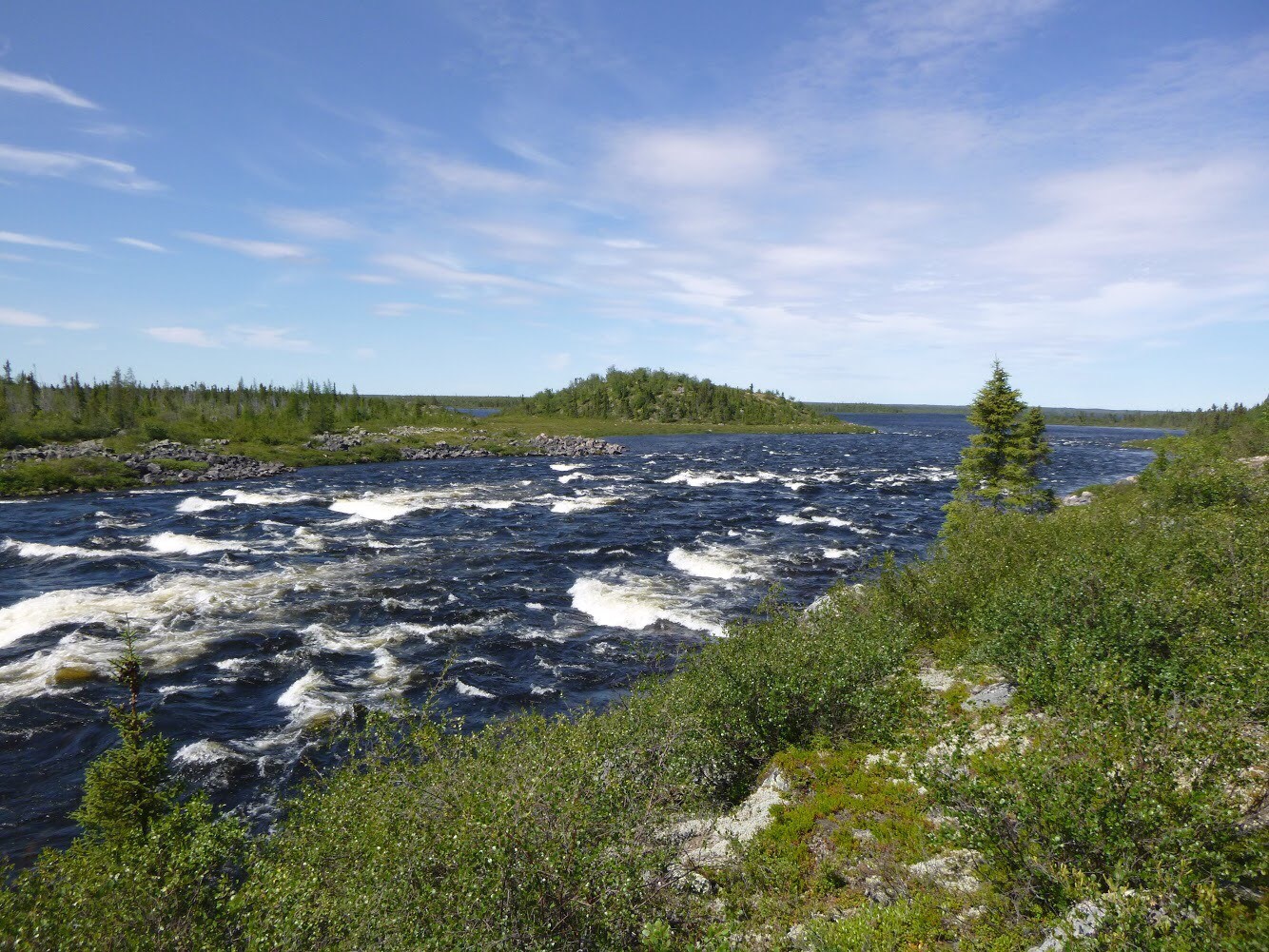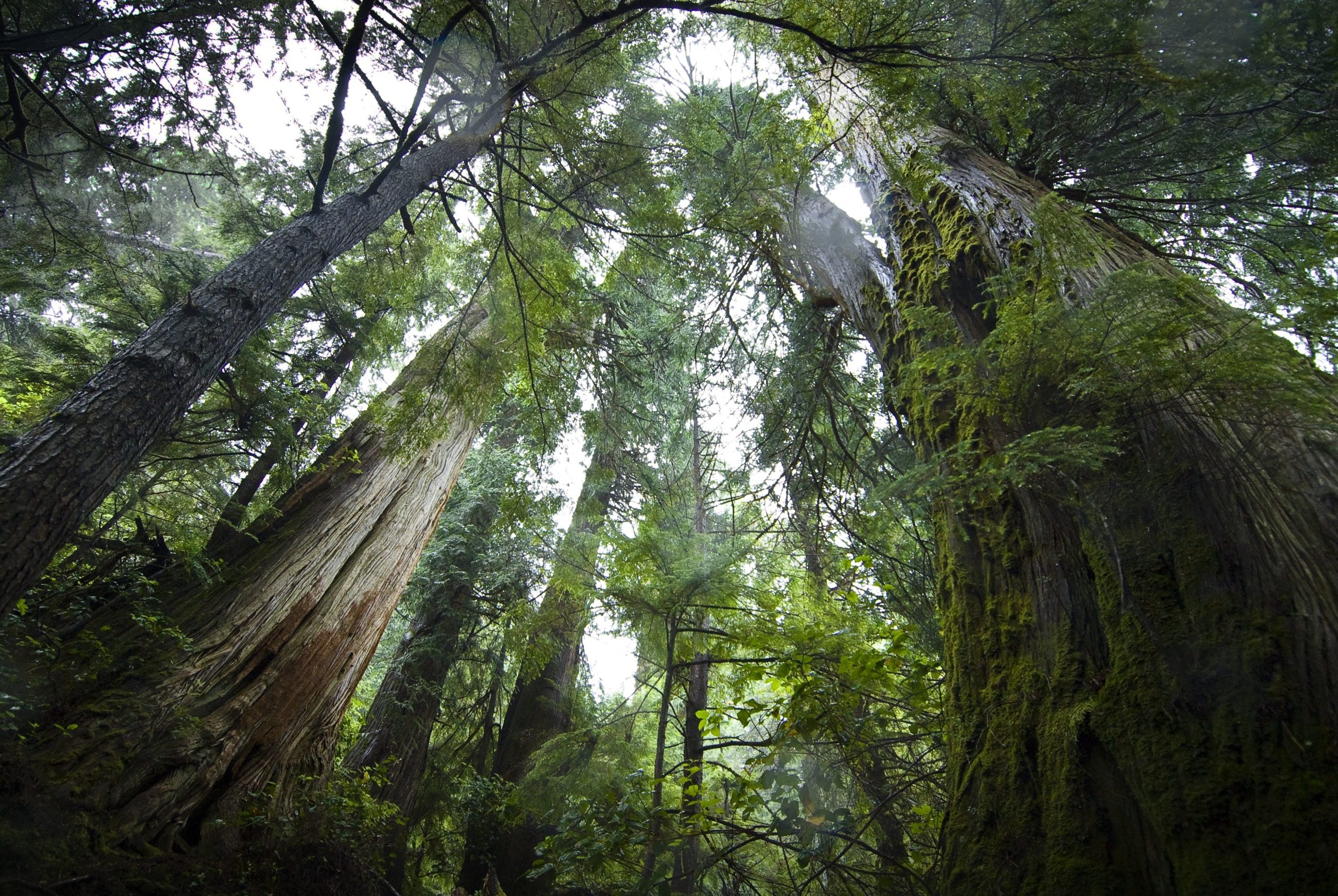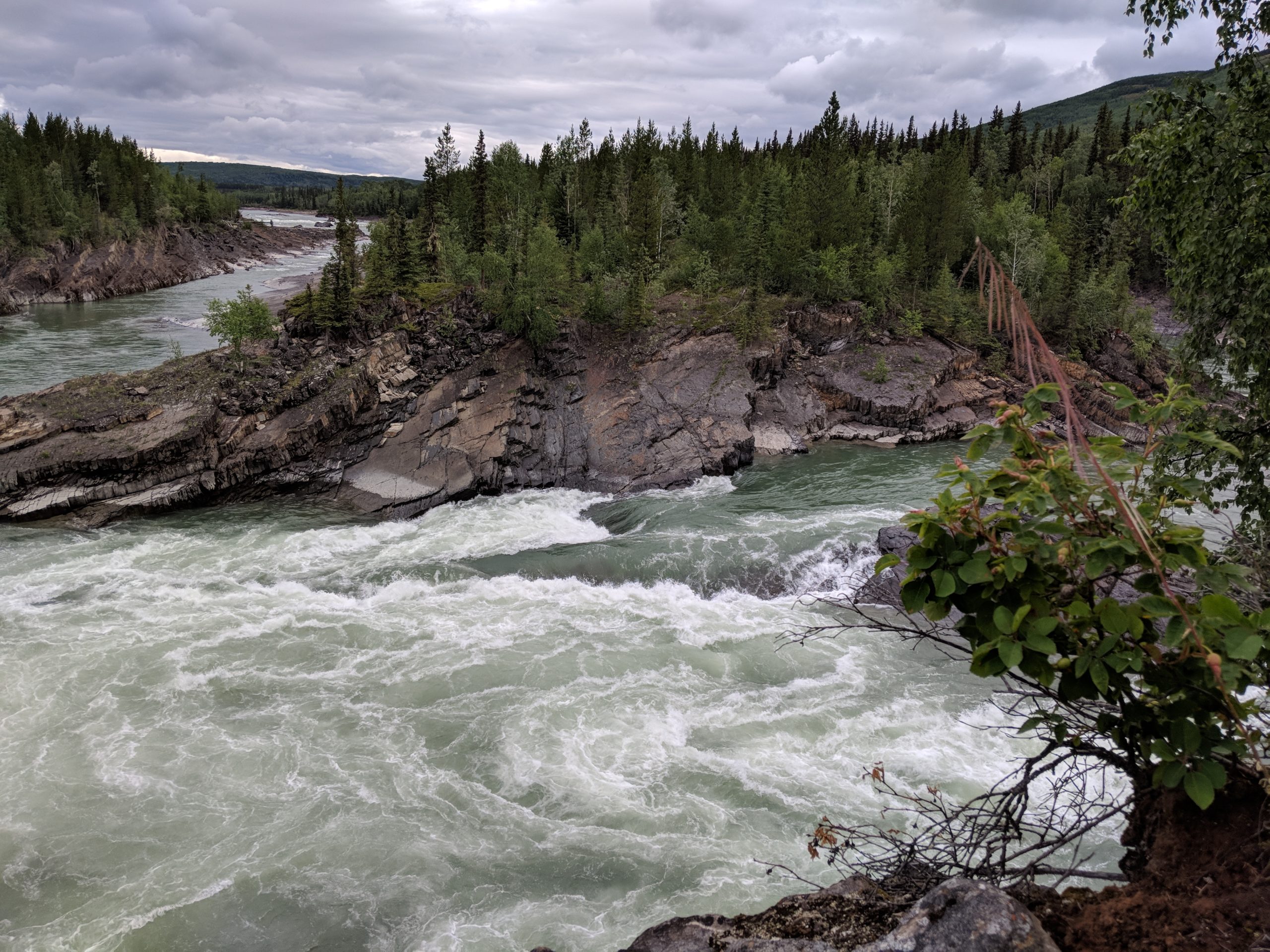Gaps to Be Addressed
Habitat for at-risk species is not being protected: 84 per cent of physical habitats with high concentrations of at-risk species are inadequately or not at all protected.
Across Canada, we do not protect the wide variety of physical habitats that wildlife need: 76 per cent of physical habitats in Canada are inadequately or not at all protected.
In particular, our protected areas do not safeguard critical freshwater habitat including lakes, rivers and wetlands: 91 per cent of physical habitats do not have adequate protection of shorelines.
Finally, the vast majority of Canada’s carbon-rich habitats – those forests, peat bogs and soils that are storing significant amounts of carbon and preventing increased warming associated with climate change – have not yet been protected.
- 77 per cent of habitats with high densities of soil carbon are inadequately or not at all protected.
- 74 per cent of habitats with high densities of forest biomass are inadequately or not at all protected.

